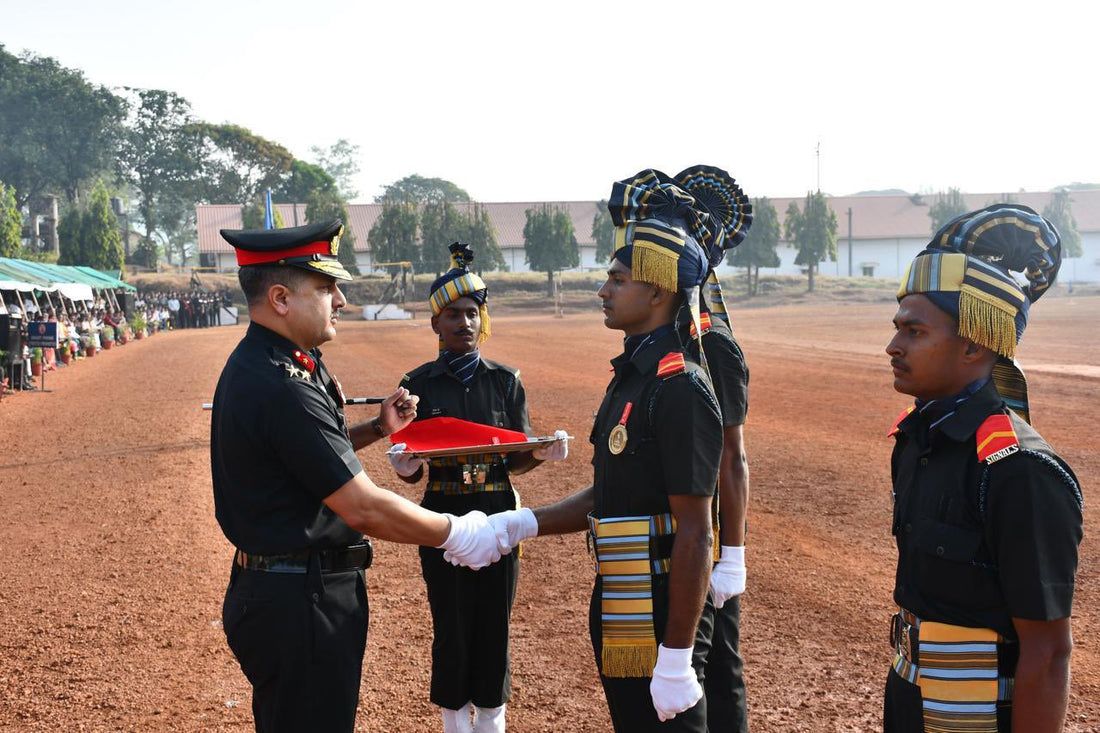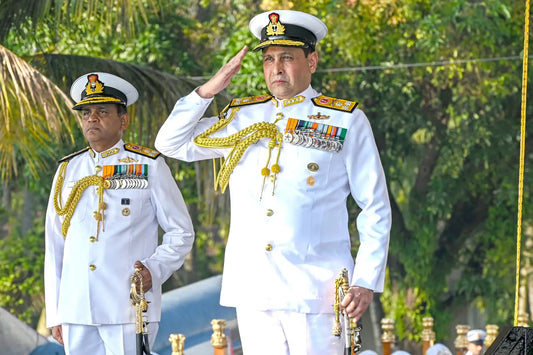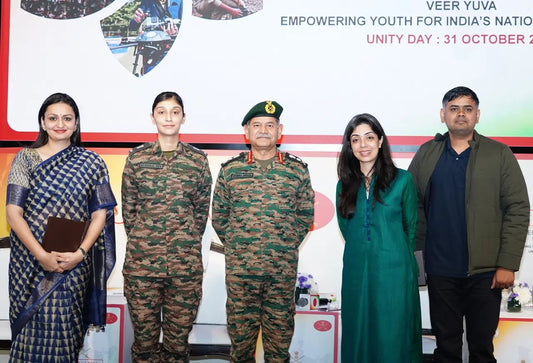Indian Army Agniveer Selection Process for 2025: Comprehensive Overview

The Indian Army's recruitment system plays a critical role in maintaining national security, continuously evolving to address modern challenges. The introduction of the Agnipath scheme reflects this evolutionary approach, aiming to revamp the recruitment process by infusing new talent into the Indian Army. The Agniveer Selection Process for 2025 marks a significant transformation, emphasizing a more flexible and responsive approach to military service. This process targets the selection of young, committed candidates for a four-year term, combining stringent testing with a focus on mental and physical endurance.
Historical Context
To grasp the Agniveer selection process, it is important to consider the historical evolution of military recruitment in India. Traditionally, joining the Indian Army involved a lengthy and intricate process, often extending into several months of training before soldiers were deployed. In a world where technological advances and rapid geopolitical shifts are common, the Indian Army identified the need for a more efficient recruitment model. The Agnipath scheme not only addresses these challenges but also aligns with broader objectives such as enhancing operational readiness, engaging the youth, and offering young individuals a chance to serve the nation within a shorter timeframe.
Main Sections
Phase 1: Online Written Test / Common Entrance Exam (CEE)
The selection process commences with the Common Entrance Exam (CEE), a pivotal step in assessing candidates' knowledge and readiness to proceed to further stages.
| Exam Structure |
|
|---|---|
| Marking Scheme |
|
| Preparation Resources |
|
Phase 2: Physical Fitness Test (PFT), Physical Measurement Test, Adaptability Test, and Medical Examination
Upon passing the written exam, candidates must complete a series of physical tests to evaluate their fitness and general health.
| Physical Fitness Test (PFT) |
|
|---|---|
| Physical Measurement Test |
|
| Adaptability Test |
|
| Medical Examination |
|
Final Merit List and Enrollment
After successfully completing all phases, candidates are ranked on a final merit list.
| Merit List Preparation |
|
|---|---|
| Term of Service |
|
Key Eligibility Criteria for Candidates
To participate in the Agniveer selection process, candidates must meet specific eligibility criteria:
| Age Requirement | Candidates should be aged between 17.5 to 21 years, targeting younger individuals eager to serve. |
|---|---|
| Educational Qualification |
|
| Marital Status | Only unmarried Indian males are eligible for the Agniveer selection process. |
| Physical Standards | Candidates must meet height, weight, and medical standards set by the Indian Army. |
Exam Specifics
Understanding the examination specifics is crucial for those aspiring to join the Indian Army.
| Written Exam | Designed to be rigorous, ensuring only those with the best knowledge and problem-solving skills advance. |
|---|---|
| Physical Assessments | Continue the competitive evaluation process, aligning candidates' physical capabilities with military demands. |
Statistical Data and Research Insights
The Agnipath scheme seeks to improve the Indian Army's operational capabilities by recruiting numerous young individuals annually. This initiative aims to integrate fresh talent, potentially boosting morale and effectiveness within the ranks.
| Recruitment Impact |
|
|---|---|
| Youth Engagement |
|
Challenges and Solutions
Although the Agniveer selection process is progressive, it faces several challenges that need addressing.
| Recruitment Communication | Effective communication is necessary to ensure candidates understand the new recruitment model and its benefits. |
|---|---|
| Preparation Gaps | Many candidates may lack proper guidance, necessitating mentorship programs and accessible study materials to bridge these gaps. |
| Physical and Mental Fitness | The transition to military readiness can be daunting, and regular workshops and training camps can prepare candidates for this shift. |
Future Trends and Predictions
Looking ahead to 2025 and beyond, the Agnipath scheme is poised to significantly reshape the Indian Army's workforce.
| Focus on Technology | As military technology advances, recruitment will likely emphasize technical skills, especially for technical roles. |
|---|---|
| Youth Feedback Loop | Feedback from Agniveers could guide program improvements, ensuring alignment with the Army's evolving needs. |
Conclusion
The Indian Army Agniveer Selection Process for 2025 exemplifies a forward-looking approach to military recruitment in India. Through a structured combination of academic evaluation, physical assessments, and comprehensive candidate evaluations, this model aims to select the brightest young individuals committed to serving their nation. By addressing challenges and embracing future trends, the Indian Army is prepared to harness the strengths of a youthful and dynamic force. Resources like SSBCrack and SSBCrackExams can be invaluable in candidates' preparation journeys.
Focusing on young recruits, the Agnipath scheme not only bolsters national security but also provides pathways for personal growth, skill development, and the pride of serving one's country. For aspiring candidates, this is not merely a recruitment process; it is a call to honor, strength, and commitment to the motherland.



















